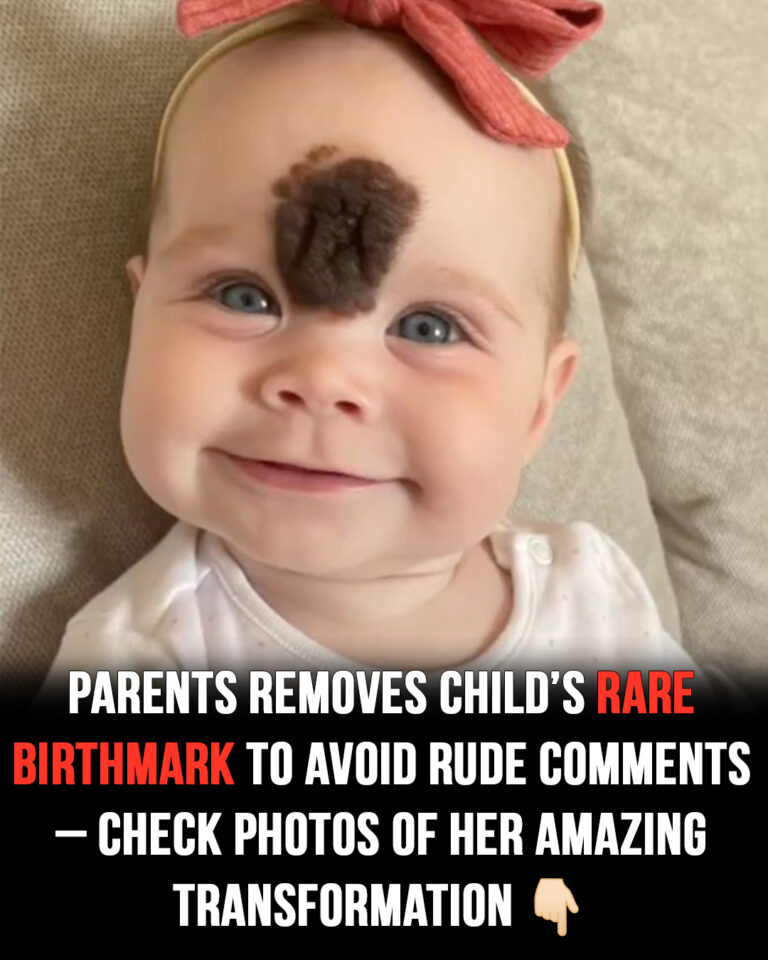Student burned alive after being trapped by her Tesla!
A devastating car crash in California has reignited the debate over modern vehicle safety and the risks of overreliance on digital systems. Nineteen-year-old college student Krysta Tsukahara died trapped inside a burning Tesla Cybertruck after what investigators describe as a catastrophic electrical failure. Two of her friends also perished in the inferno. The case, now the subject of multiple lawsuits, is forcing both regulators and consumers to confront a sobering question: when innovation fails, who pays the price?
The Night Everything Went Wrong
It was the evening of November 27, 2024, the start of Thanksgiving break. Four friends — all recent graduates of Piedmont High School — were driving home after a night out. The Tesla Cybertruck, owned by a relative of the driver, was supposed to be the safest vehicle on the road. Instead, it became their tomb.
The truck slammed into a concrete retaining wall just off the I-580 near Oakland. Within seconds, it burst into flames. Driver Soren Dixon (19) and passenger Jack Nelson (20) were killed instantly. Krysta Tsukahara (19), sitting in the rear seat, survived the impact — but not the fire.
Only one passenger, Jordan Miller, escaped. A friend following behind managed to smash the truck’s window with a broken branch, pulling Miller out moments before the entire vehicle was engulfed. By the time firefighters arrived, the Cybertruck was a steel skeleton.
Toxicology Reports and Harsh Realities
Later toxicology results revealed that Dixon had been driving under the influence — methamphetamine, cocaine, and a blood alcohol level more than double the legal limit. Both Tsukahara and Nelson also had alcohol and traces of cocaine in their systems.
Those findings made the tragedy harder to process but didn’t erase the question haunting the families: Why couldn’t she get out?
“She Couldn’t Get Out”
According to a wrongful-death lawsuit filed by Krysta’s parents, she survived the crash itself but died trapped inside as smoke and flames filled the cabin. The Cybertruck’s electrical system had failed, locking the powered doors. The car’s manual release, the family argues, was hidden, poorly labeled, and nearly impossible to access in the dark.
“Krysta tried to crawl through the passenger window while a friend outside was smashing the glass,” the filing states. “But as the heat intensified and the system shut down, she was forced back by the flames.”
Family attorney Roger Dreyer told reporters:
“This was a preventable death. Tesla knew the risks of its electronic-only door system yet failed to provide an intuitive manual override. When seconds mattered most, the car became a coffin.”
A Family’s Anguish
Krysta’s father, Carl Tsukahara, described his daughter as “bright, kind, and endlessly creative.” He said she loved photography and had just started college with dreams of working in environmental design.
“What breaks us most,” he said in a statement, “is not just losing her — it’s knowing she was alive after the crash, calling for help. She just couldn’t get out. How does a trillion-dollar company sell something that traps people in a fire?”
Both the Tsukahara and Nelson families have filed lawsuits against Tesla and the estate of the vehicle’s owner. They allege “gross negligence and conscious disregard for consumer safety.”
Their suits cite prior incidents where Tesla’s electronic door systems failed in emergencies, and claim the company ignored repeated warnings from regulators and engineers.
The Question of Accountability
Authorities confirmed that impaired driving and excessive speed caused the crash. Yet the families’ attorneys maintain that Tesla still bears responsibility for the fatalities.
“Driver error caused the impact,” Dreyer said, “but Tesla designed a vehicle that turned an accident survivable in most cars into a death sentence. Safety shouldn’t depend on perfect behavior — it should anticipate human error.”
Experts agree. Dr. Laura Park, a mechanical engineer specializing in automotive safety systems, explained:
